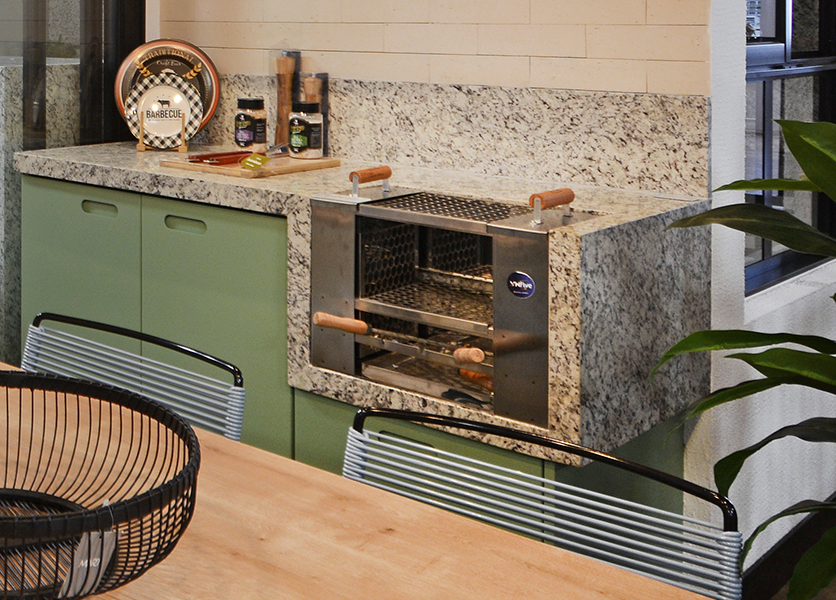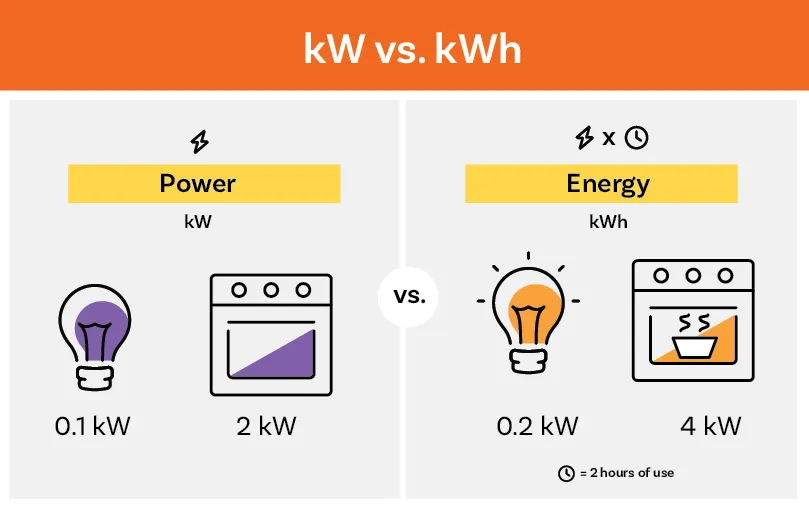How to Save Electricity at Home: Quick and Practical Tips
Discover 13 practical and efficient tips to reduce your electric bill. Learn about peak hours, appliances that consume the most energy, and how to use equipment economically.
What American hasn't had that shocking moment when opening their electric bill at the end of the month? If you're tired of seeing your electricity bill getting higher and higher, it's time to take some simple actions that can make a huge difference in your budget.
The truth is that saving energy isn't just about money - it's also an environmental responsibility we should all embrace. With a few adjustments to your routine and smarter choices when using your appliances, you can significantly reduce consumption without sacrificing comfort.
In this post, I'll share 13 practical and tested tips that really work to lower your electric bill. From switching those old bulbs to understanding how peak hours work, you'll discover simple strategies that fit any American family's budget.
Get ready to transform your relationship with energy consumption and see the difference in your next bill!
Table of Contents
- How Your Electric Bill is Calculated
- Identify the Biggest Energy-Consuming Appliances
- Switch Regular Bulbs to LED
- Take Advantage of Natural Lighting
- Understand Standby Power Consumption
- Avoid Peak Hours
- Use Eco Mode on Appliances
- Time-of-Use Electricity Rates
- Choose ENERGY STAR Products
- Consider Solar Energy
- Air Conditioning: Specific Tips
- Refrigerator and Washing Machine
- Water Heater and Iron
- Computer and TV
How Your Electric Bill is Calculated
Before we dive into money-saving tips, it's essential to understand how your electricity bill is calculated. This will help you make more conscious decisions and identify the biggest energy hogs in your home.
The calculation is pretty straightforward: your utility company reads your meter monthly and multiplies the difference in consumption (in kWh) by the current rate. But there are some important details that many people don't know about.
Beyond basic consumption, your bill includes time-of-use rates in many areas, which can add extra costs depending on when you use electricity. During peak demand hours, when everyone's using power simultaneously, rates can be significantly higher than off-peak times.
To calculate how much each appliance costs, you need to know its wattage (found on the label or manual), multiply by daily hours of use, then by days in the month, and divide by 1000. The result in kWh multiplied by your local rate will give you that specific appliance's monthly cost.
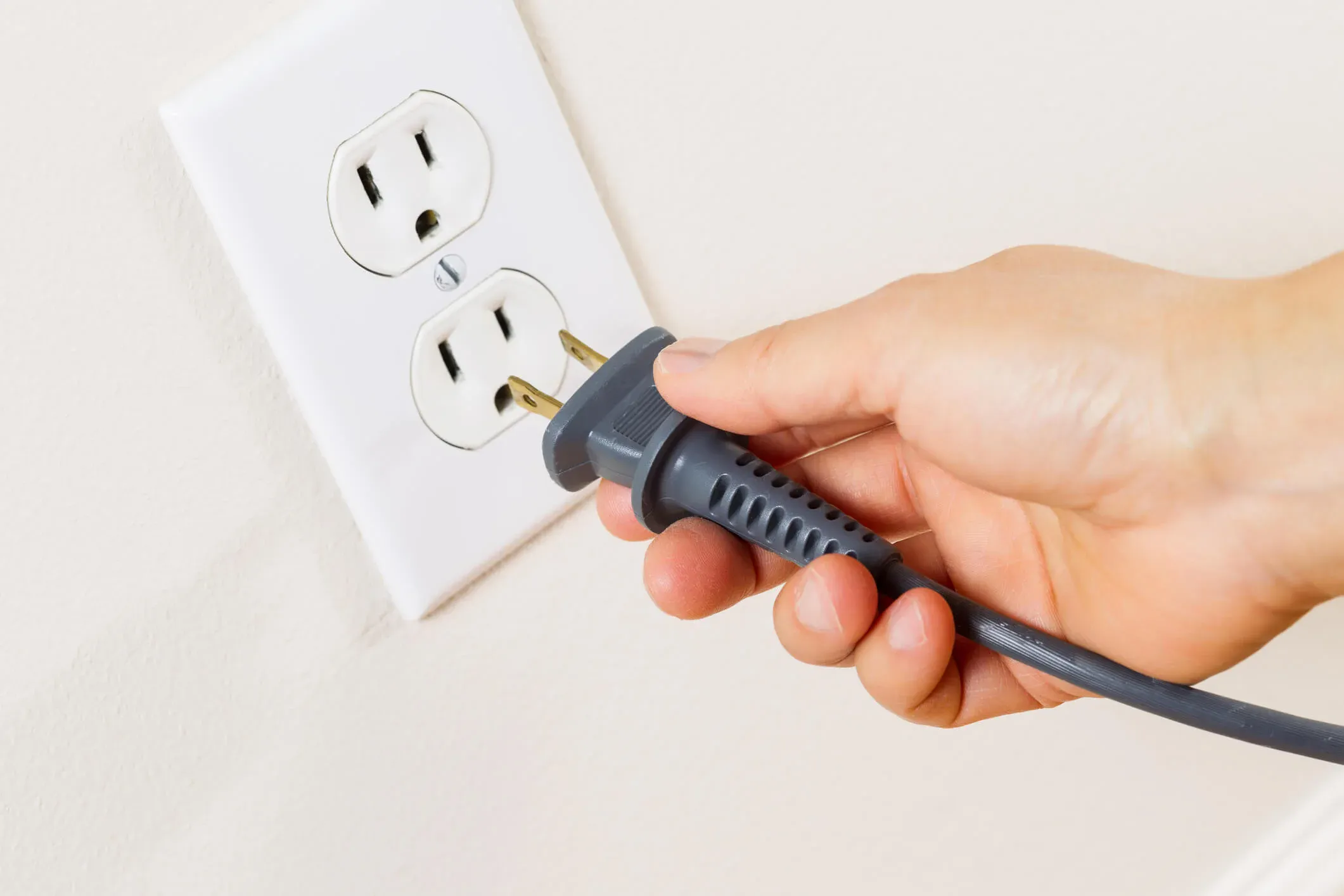
Identify the Biggest Energy-Consuming Appliances
Knowing the major energy vampires is the first step to effective savings. There's no point in saving on light bulbs if you don't realize that your electric water heater accounts for about 25% of your electric bill.
Electric water heaters lead the pack in residential consumption. A 4500W unit used for just 30 minutes daily can consume over 65 kWh per month. Second comes the refrigerator, which runs 24/7, followed by air conditioning, especially during hot summer months.
Other appliances that deserve attention include clothes irons (high wattage but sporadic use), washing machines, space heaters, and even that microwave you use quickly but consumes significant energy per minute of operation.
A valuable tip is to inventory your home's appliances and calculate each one's individual consumption. This gives you a clear picture of where to focus your conservation efforts. Often we discover that an appliance we thought was innocent is actually sucking more power than we imagined.
For a comprehensive approach to home efficiency, consider investing in quality home office essentials that are designed with energy efficiency in mind.
Switch Regular Bulbs to LED
This is probably the simplest change with the fastest payback you can make in your home. LED bulbs consume up to 87% less energy than traditional incandescent bulbs and last much longer.
Here's a practical example: a 60W incandescent bulb can be replaced with just an 8W LED, providing the same brightness. Financially speaking, if this bulb stays on 5 hours daily, monthly savings can reach $12-15 per bulb, depending on your local rates.
Beyond direct savings on your electric bill, LEDs have impressive durability - they can last up to 25 times longer than incandescent bulbs. This means fewer replacement costs and less hassle changing burned-out bulbs.
Today you can find smart LED bulbs that can be programmed and controlled through your smartphone, allowing automatic routines that contribute even more to savings. Some can even adjust brightness and color temperature throughout the day.
Check out the latest LED lighting options to transform your home's energy efficiency while improving ambiance.
Take Advantage of Natural Lighting
America is blessed with abundant sunshine throughout most of the year, so why not take advantage of this free and abundant lighting source? Maximizing natural light use is one of the most effective strategies for reducing electricity consumption.
Start by rethinking your home's furniture arrangement. Work desks, reading chairs, and even kitchen organization can be planned to better utilize incoming sunlight. Curtains and blinds should be opened during the day and closed only when necessary.
A tip that makes all the difference is painting walls and ceilings with light colors. Shades like white, light beige, or very soft gray reflect natural light better, increasing room brightness without needing extra lamps. Strategically positioned mirrors also help amplify available light.
If you're planning a renovation or new construction, consider investing in larger windows, skylights, or even solar light tubes - these are investments that pay for themselves quickly through energy savings. For comfortable seating that maximizes natural light positioning, explore quality furniture options that can transform your space.
Understand Standby Power Consumption
That little red light on your TV, the microwave's display, the phone charger left in the outlet... These small consumptions can represent up to 12% of your electric bill! This is what we call phantom load or standby power.
Standby mode keeps appliances in a "ready" state, continuously consuming energy even when not actively being used. Televisions, cable boxes, sound systems, printers, computers, and even that forgotten charger in the outlet contribute to this silent waste.
To combat this problem, the most effective solution is using power strips with on/off switches or simply unplugging appliances when not in use. I know it might seem tedious at first, but it becomes habit quickly and the savings are real.
A practical alternative is investing in smart outlets that can be programmed or controlled remotely. This way you can completely shut off appliance groups with a phone tap, even when away from home. Modern smart home devices make this process seamless and convenient.
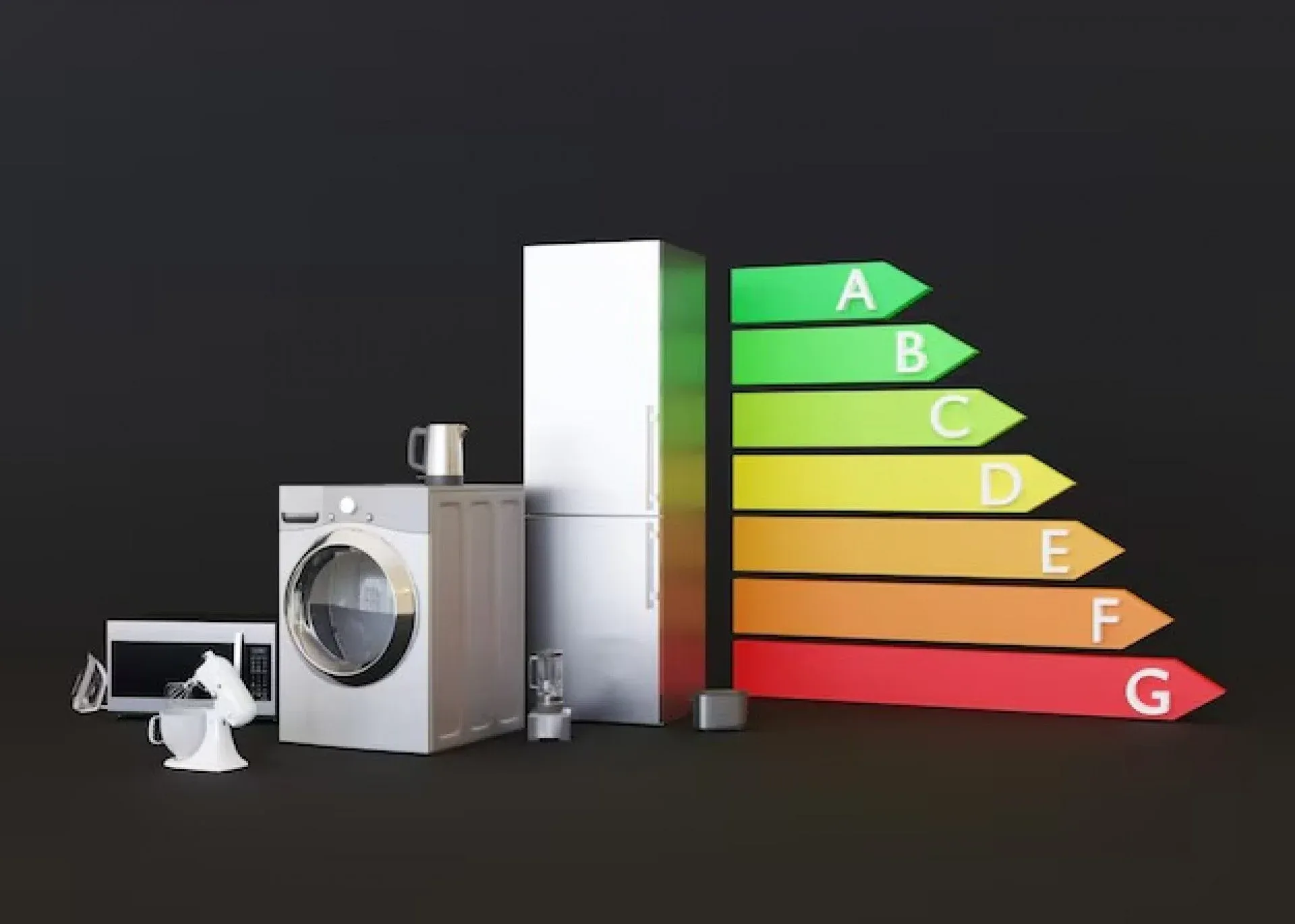
Avoid Peak Hours
Peak consumption hours, typically between 4 PM and 9 PM on weekdays, can cost up to three times more than off-peak rates. This is when everyone gets home, turns on air conditioning, water heaters, TVs, and electricity demand skyrockets.
The strategy here is simple: reorganize your routine to use high-consumption appliances outside this critical period. How about showering a bit earlier or later? Ironing clothes in the morning or late evening? Running the washing machine during afternoon hours?
For those with electric water heating, a valuable tip is installing a timer that heats water during overnight hours when rates are lower. The same applies to charging electronic devices - charge your phone, tablet, and laptop during nighttime hours.
If you live in an area with time-of-use pricing, it's definitely worth studying your consumption habits and making small adjustments that can result in significant savings. Often it's just a matter of planning and organizing family routines.
Use Eco Mode on Appliances
Most modern appliances come equipped with energy-saving modes that optimize consumption without significantly compromising functionality. It's an underutilized feature that can generate considerable savings.
In air conditioners, eco mode automatically adjusts compressor power and maintains stable temperature, avoiding consumption spikes. In washing machines, it reduces cycle times and optimizes hot water use. In refrigerators, it adjusts compressor operation based on actual cooling needs.
The secret is testing these modes in your routine. Many users worry that service quality will be compromised, but in practice the difference is minimal. Your AC will keep cooling the space, your clothes will come out clean, and your food will stay fresh.
For those buying new equipment, look for models with inverter technology and multiple economy options. The initial investment might be slightly higher, but long-term savings pay off quickly. Upgrade your home with efficient home office equipment designed for optimal energy performance.
Time-of-Use Electricity Rates
Time-of-use (TOU) rates are becoming increasingly common across American utilities as a way to manage grid demand and encourage energy conservation during peak periods. Understanding these rate structures can lead to substantial savings.
Off-peak hours typically offer the lowest rates, usually during late night and early morning hours. Mid-peak rates apply during moderate demand periods, while peak hours command the highest prices during maximum grid stress periods.
During high-rate periods, intensify your conservation practices. This is the time to be more strict about shower times, avoid running multiple appliances simultaneously, and maximize natural lighting. Small behavioral changes during these periods can generate significant savings.
A practical tip is tracking your local utility's rate schedule through their website or specific apps. This way you can plan ahead and adjust habits according to rate periods. When rates are low, you can relax a bit; when they're high, it's time to tighten the energy belt.
Understanding your electricity consumption patterns is crucial for optimizing your energy usage and reducing costs.
Choose ENERGY STAR Products
ENERGY STAR labels and efficiency ratings are your best friends when buying new appliances. They indicate products that have been tested and approved for consuming less energy without losing quality.
The ENERGY STAR program classifies appliances with clear efficiency ratings, helping consumers make informed decisions. An ENERGY STAR certified air conditioner can consume up to 40% less energy than a standard model, for example.
For washing machines and other major appliances, this consumption difference becomes even more relevant over the years. The initial investment in a more efficient product pays for itself quickly through electricity bill savings.
When researching prices, don't just look at the initial product cost. Calculate the total cost of ownership, including estimated energy consumption during the appliance's lifetime. Often a slightly more expensive but more efficient product costs less in the long run.
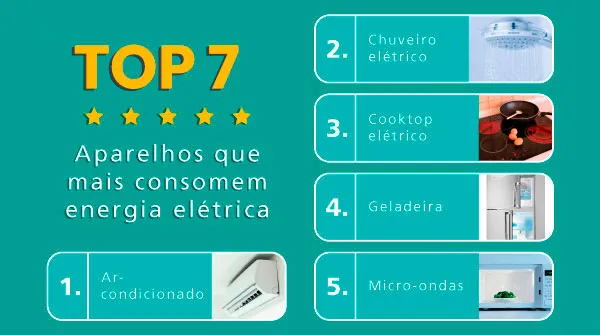
Consider Solar Energy
Solar energy has evolved from a luxury item to an accessible reality for many American families. With federal tax credits and declining installation costs, investing in solar panels can be an excellent long-term strategy.
A basic residential system can reduce your electric bill by up to 90%, maintaining only minimal grid connection fees. The initial investment typically pays for itself within 6-10 years, and panels have a lifespan of over 25 years.
Beyond financial savings, you contribute significantly to environmental sustainability. Solar energy is clean, renewable, and inexhaustible. Many utilities offer net metering programs that credit you for excess power generated, and various financing options make solar more accessible than ever.
Before making the decision, analyze your consumption profile and consult specialized companies for a customized design. The ideal system should be sized to supply 90-100% of your average annual consumption. For those interested in renewable energy solutions, explore solar energy products to get started with sustainable power generation.
Air Conditioning: Specific Tips
Air conditioning deserves special attention because it's one of the appliances that most impacts your electric bill, especially during hot American summers. With the right tips, you can maintain thermal comfort without breaking the budget.
First, choose the ideal temperature: between 74°F and 78°F is sufficient for most people and consumes much less energy than lower temperatures. Each degree lower can increase consumption by up to 8%. Keep doors and windows tightly closed to prevent overworking the unit.
Regular maintenance is crucial. Dirty filters make the unit work harder, consuming more energy while cooling less effectively. Clean filters at least monthly and schedule annual preventive maintenance with a qualified technician.
Combine air conditioning with ceiling fans or air circulators. This combination allows using a slightly higher AC temperature while maintaining comfort. The fan helps distribute cool air more efficiently throughout the space.
For optimal cooling comfort, consider upgrading to efficient home cooling solutions that balance energy use with comfort.
Refrigerator and Washing Machine
The refrigerator is the only appliance that runs 24/7, so small optimizations generate big savings. Maintain temperature between 37°F and 40°F - colder than this is wasteful. Regularly check door seals and don't open the door unnecessarily.
Install the refrigerator away from heat sources like stoves, heaters, or areas receiving direct sunlight. Leave at least 8 inches of space on sides and back for adequate ventilation. Never dry clothes on the back of the unit - this forces the motor to work harder.
For the washing machine, the golden tip is always using maximum capacity indicated by the manufacturer. It's more efficient to wash one full load than two half loads. Use shorter cycles when possible and avoid pre-wash, which consumes lots of water and energy.
Prefer cold water for most washes. Heating water consumes significant energy, and modern detergents are effective even at lower temperatures. Reserve hot water only for heavily soiled items or whites needing special treatment.
Learn more about proper refrigerator organization to maximize efficiency and reduce energy waste.
Water Heater and Iron
The electric water heater is a major consumer in American homes, but with good habits you can significantly reduce its impact. The most obvious but most effective tip is reducing shower time. Each minute less represents real savings on your bill.
During summer, consider lowering the water heater temperature to 120°F or using timers to heat water during off-peak hours. The difference in consumption can reach 10-15%. Install low-flow showerheads to reduce hot water usage without sacrificing shower experience.
The clothes iron has high wattage but sporadic use, so the strategy is maximizing efficiency. Accumulate clothes to iron everything at once, starting with items needing less heat and finishing with heavier fabrics.
You can unplug the iron before finishing and use residual heat for the last light pieces. This prevents waste and reduces accident risk. For efficient home organization that includes optimizing household tasks, consider investing in quality home organization solutions.
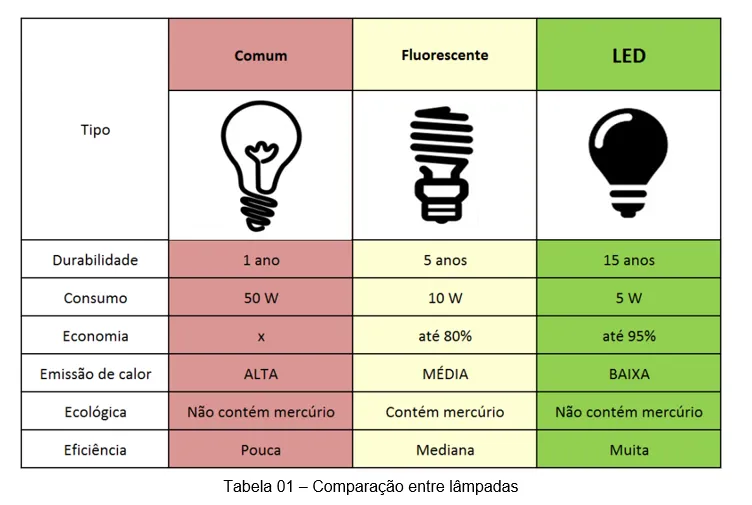
Computer and TV
Computers and televisions represent a considerable slice of home consumption, especially with increased remote work and home entertainment. The good news is that small adjustments can generate significant savings.
Configure your computer to automatically enter sleep mode after 15-20 minutes of inactivity. Reduce screen brightness to the minimum comfortable level - this can save up to 20% of monitor consumption. Laptops are naturally more efficient than desktops, so consider this option if you're thinking about upgrading.
For TVs, activate eco mode available on most modern models. This mode adjusts brightness, contrast, and other settings to reduce consumption without significantly compromising image quality. Set an automatic timer to turn off the TV, especially if you have the habit of watching before sleep.
Avoid leaving the TV on just for "company" when nobody's actually watching. It's a common habit that generates unnecessary waste. If you like ambient sound, consider using a radio or smaller sound system that consumes much less energy.
For entertainment and productivity, explore the best smart TVs that combine great features with energy efficiency.
Conclusion: Small Changes, Big Results
Saving electricity isn't about sacrificing comfort, but rather making smarter choices and developing conscious habits. The 13 tips I've shared here might seem simple, but when applied together, they can reduce your electric bill by 20% to 40%.
Start implementing the easiest changes, like switching to LED bulbs and unplugging standby devices. Then gradually incorporate other practices like using appliances' eco modes and avoiding peak hours. The important thing is maintaining consistency.
Remember that beyond financial savings, you'll be contributing to a more sustainable planet. Every kWh saved represents less pressure on natural resources and fewer polluting emissions. It's a win-win for your wallet and the environment.
For those wanting to dive deeper into home efficiency, consider exploring smart home gadgets that bring complementary strategies for optimizing all aspects of residential management, including advanced energy monitoring and automation systems.
Why not start today? Choose 2 or 3 tips from this post and implement them in the coming days. I'm confident you'll notice the difference in your next electric bill!
For additional home management insights, check out our guides on how to use LED lighting effectively and whether solar energy is worth the investment for your specific situation.
